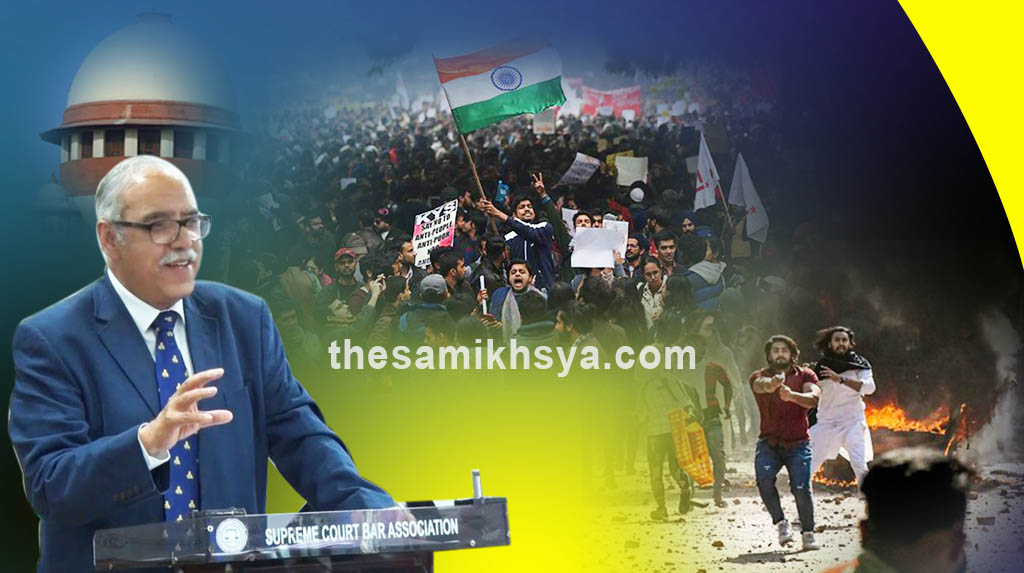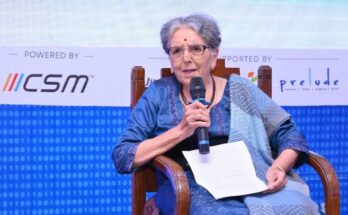Samikhsya Bureau
The dividing line is blurred by a situation which seeks the moral equivalence between the protesters and the government.
And similarly has widened the gap between the thinking of the political bosses and the judiciary. It is for the third time, in the recent days that, voices have emanated from the judiciary in favour of protests and not violence, across the nation.
Without getting into the legalities of the CAA and NRC, Supreme Court judge, Justice Deepak Gupta has reportedly made an observation that, the government cannot be always right. And protests, he has said, at a function, should not be construed as unlawful nor dissent expressed through criticism of the government can be dubbed as anti-national.
By saying that government cannot be right always, the Justice has alluded that, even questions being raised over the CAA by the people need not be rubbished out rightly.
At earlier occasions, Justice Chandrachud had also stood in favour of dissent in democracy. So did the CJI, some days back, advocating in support of dissent and disagreement in democracy.
Justice Gupta’s contention that, ‘majority’ is an integral part but there are problems when ‘majoritarianism’ stands to become an antithesis in a democracy.
Views of above nature coming out from the learned luminaries and that too at a time when protests against the CAA keep a vast majority restive, obviously they suggest that, the government should not be adamant on certain things.
Nobody can deny the allegations about politicising of the protests and injecting a tenor of communal angle into it by various political leaders, but to paint all the protests in one brush would not look fair.




